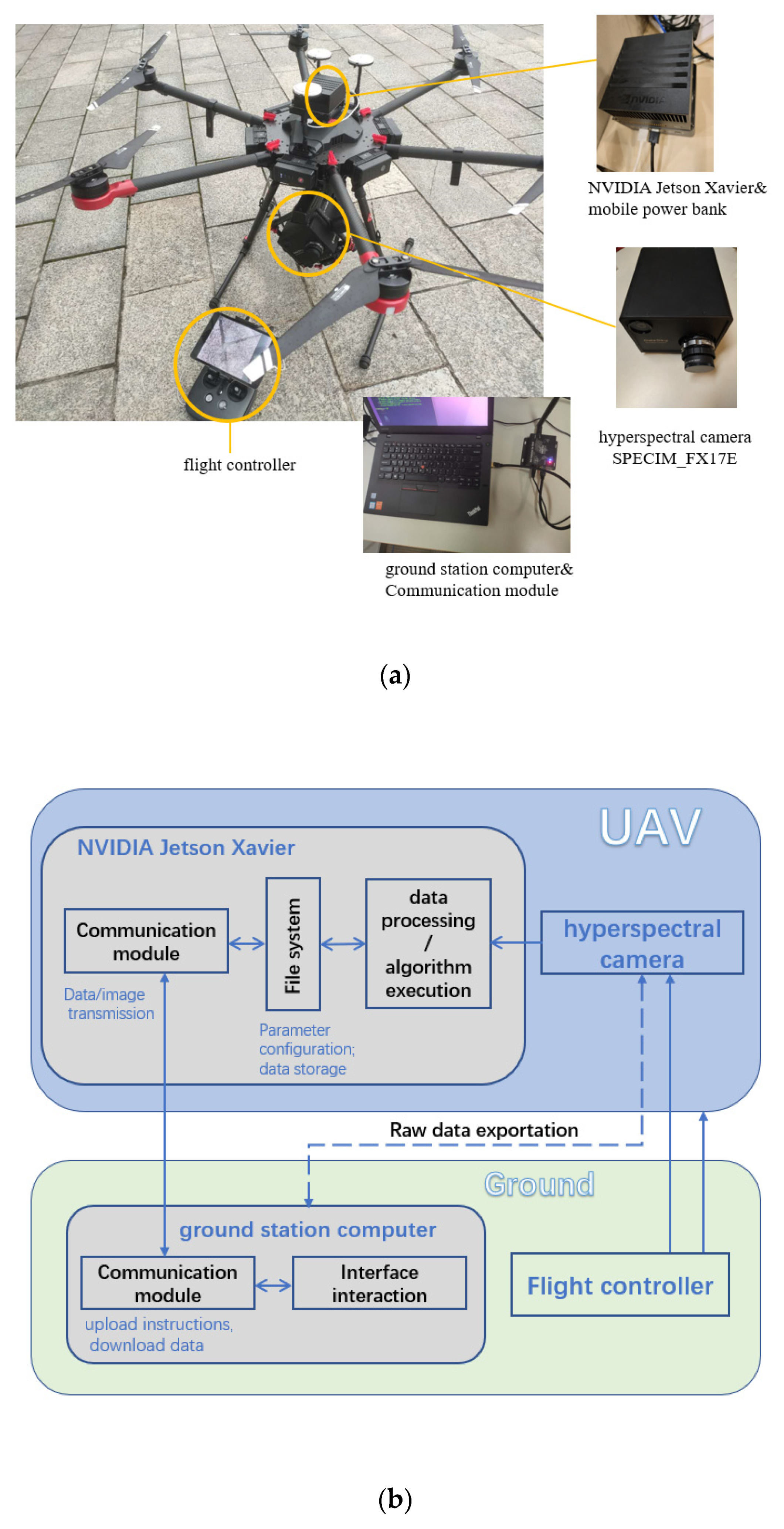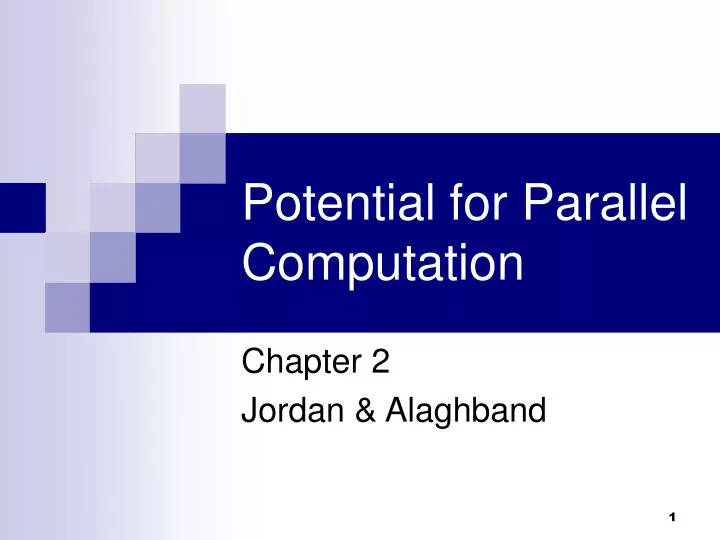

MISD computers can analyze the same set of data using several different operations at the same time. Each processor uses a different algorithm but uses the same shared input data. Multiple Instruction, Single Data ( MISD) computers have multiple processors. What are the different approaches to parallel processing? Find out in the next section. There are several ways to achieve the same goal. You could divide the load up among different processors housed in the same computer, or you could network several computers together and divide the load up among all of them. It's a high-tech way of saying that it's easier to get work done if you can share the load. The software reassembles the data to reach the end conclusion of the original complex problem. Each processor solves its part of the overall computational problem. He or she then assigns each component part to a dedicated processor.

The concept is pretty simple: A computer scientist divides a complex problem into component parts using special software specifically designed for the task. In general, parallel processing means that at least two microprocessors handle parts of an overall task. Partly because of these factors, computer scientists sometimes use a different approach: parallel processing. Some computational problems take years to solve even with the benefit of a more powerful microprocessor. Building more powerful microprocessors requires an intense and expensive production process.


 0 kommentar(er)
0 kommentar(er)
